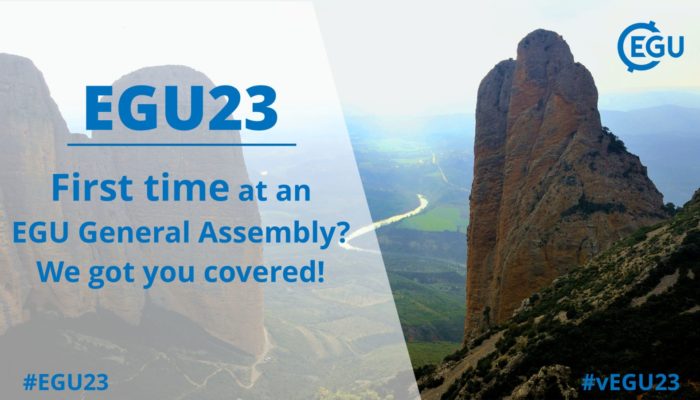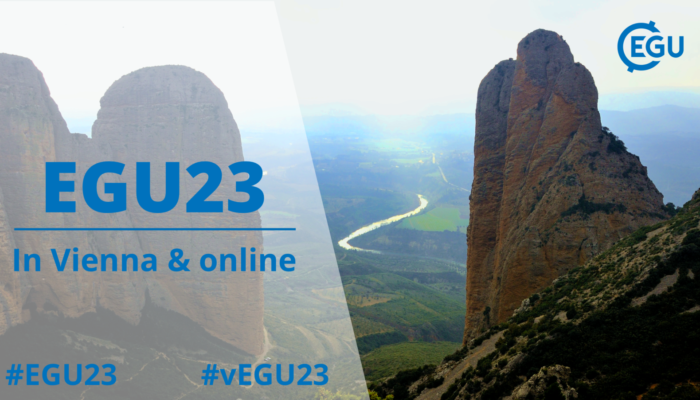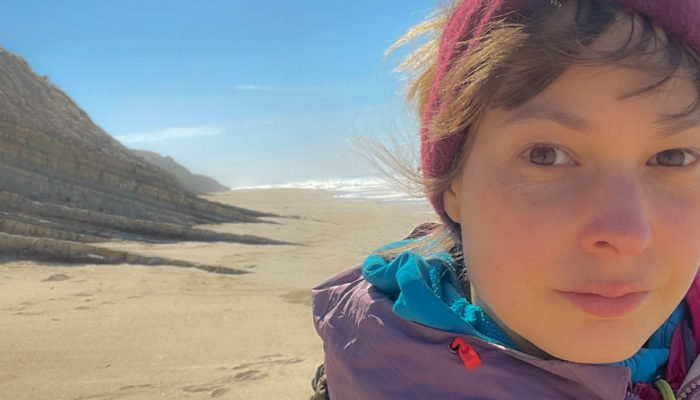Most people spend their time and effort making their presentation engaging and impactful, but what about accessibility? An accessible presentation takes into account the diverse backgrounds and abilities of the audience, to enable better understanding and recall of the content shared. This is also true for the way we share scientific research: presenters would do well to communicate their research ...[Read More]
First time at an EGU General Assembly? We got you covered!
Europe’s biggest geoscience conference is only 5 weeks away! Each year, the EGU General Assembly brings together over 15,000 researchers, scientists, academics and journalists to discuss and share the latest developments in planetary exploration, Earth observation, polar science, climate change, natural hazards, and much more. And it is held at the Austria Centre Vienna (ACV) which is big enough t ...[Read More]
EGU23 has something for everyone: Sessions on networking, policy, mentoring, jobs & careers
As the 2023 General Assembly materializes on the horizon, it’s a good idea to take stock of what sessions you want to attend in advance of attending the assembly proper. Whilst the scientific sessions provide some of the highlights, EGU23 has a rich programme to tempt you to go beyond – including inline and in-person sessions dedicated to early career scientists (ECS) networking, job and careers, ...[Read More]
GeoTalk: Meet Marisa Storm, Molecular Fossil researcher!
Hi Marisa. Thank you for joining us today! Could you tell our readers a bit about yourself and your research? Hi, I am a geologist and organic geochemist, currently working as a postdoc at the NIOZ Netherlands Institute for Sea Research based on the island Texel. After my geology-focused undergraduate and master studies in Germany at the RWTH Aachen and Heidelberg University, I graduated wi ...[Read More]




